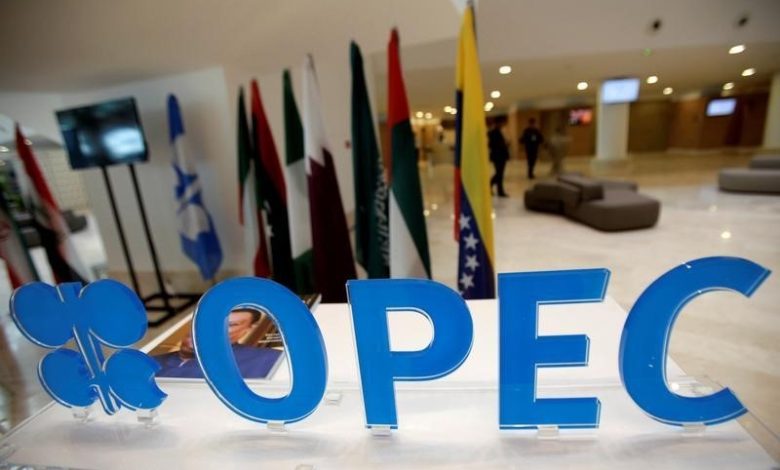
Oil Steadies Near Seven-Year High as OPEC+ Maintains Output Plan
Oil prices remained steady during Asian trading after reaching levels not seen since 2014. This increase followed OPEC+’s decision to maintain its planned gradual supply increase, despite the ongoing energy crisis.
Futures in New York hovered around $78 a barrel after jumping 2.3% on Monday, as the alliance confirmed a 400,000 barrel-a-day increase for November. Some analysts had anticipated that the group, led by Saudi Arabia and Russia, might raise production further in response to rising prices and heightened demand for oil products as winter approaches.
Crude oil markets have tightened significantly as economies continue to recover from the pandemic. OPEC forecasts indicate a supply deficit over the next couple of months. Analysts from Goldman Sachs project an additional demand of 650,000 barrels per day later this year, as utilities facing high natural gas prices turn to oil. Meanwhile, Saudi Aramco has reported that the gas crisis is already resulting in increased crude consumption.
The prompt timespread for crude was 80 cents a barrel in backwardation—a market structure indicating that near-term contracts are more expensive than those for later delivery—up from 74 cents the previous week.
Russian Deputy Prime Minister Alexander Novak stated that the OPEC+ decision “will allow us to continue to normalize the market situation” during a broadcasted speech at the meeting. Ministers are set to reconvene on November 4 to further discuss production policies.
 GOOGL
GOOGL  META
META 


